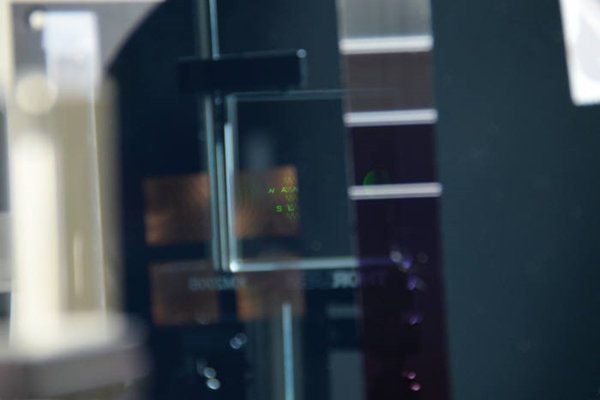South Korean research group has developed a technology that can reduce size of hologram pixel down to 1mm and this will start a generation of holograms with ultra-high resolution.
ETRI (Electronics and Telecommunications Research Institute (Director Lee Sang-hoon)) made an announcement on the 2nd that a research team led by Director Hwang Chi-seon of Real Display Research Group worked with Professor Lee Seung-yeol of Kyungbook University and reduced size of single hologram pixel, which used to be 3.8mm, down to 1mm and succeeded in printing 3cm2 hologram images with ‘30k’ ultra-high resolution.
Hologram images are printed by letting light pass through liquid crystal of SLM (Space Light Modulator). Size of pixels can be smaller as thickness of liquid crystal becomes thinner. However it was impossible to make thickness of current liquid crystals lower than 2.5mm because images come out ruined due to interference phenomenon between pixels if thickness of liquid crystal becomes thinner.
Research team replaced current liquid crystal with 57nm Ge2Sb2Te5 (GST) and indium tin oxide multi-layer thin film. GST is a phase transition substance that changes its properties depending on conditions such as temperature and pressure and changes its transmittance and refractive index according to environment. Even when thickness is made thinner, it is able to remove interference phenomenon.

It is easy to express variety of colors through new thin film. Indium tin oxide that covers the front and the back of GST selects wavelengths of light and reflects them. When thickness is adjusted, hologram images with variety of colors can be created.
Research team predicts that commercialization of hologram displays with ultra-high resolution can be pushed forward by creating ultra-small pixels with sizes that are less than 1mm. When calculation abilities of computers become more advanced, it is possible to create bigger hologram images with higher resolution.
In next two years, research team is planning to develop hologram display panels that are applied with new thin film. It is going to regenerate videos by adding pixel drive active system including transistors into a device and is planning to apply this to flexible displays as well.
“We are able to print holograms with ultra-high resolution by greatly reducing size of pixels.” said Director Hwang Chi-seon. “Although we are only able to simply see freeze-images, we are going to develop optical modulator that can play videos.”
Staff Reporter Kim, Youngjun | kyj85@etnews.com